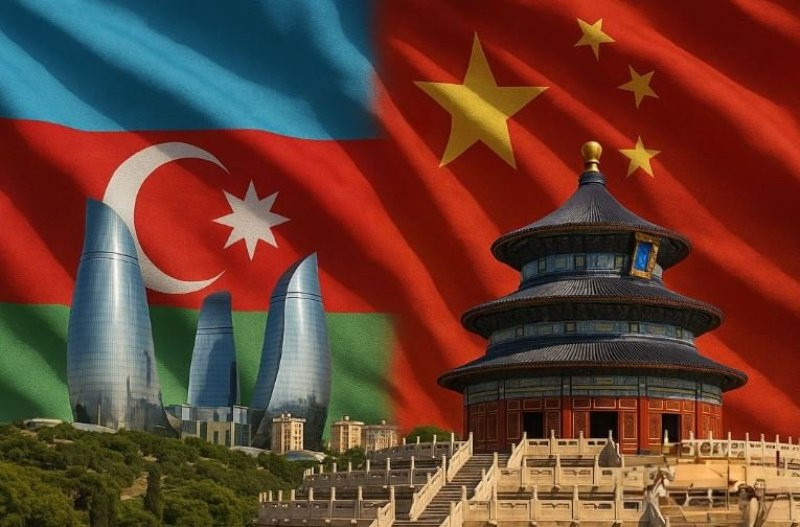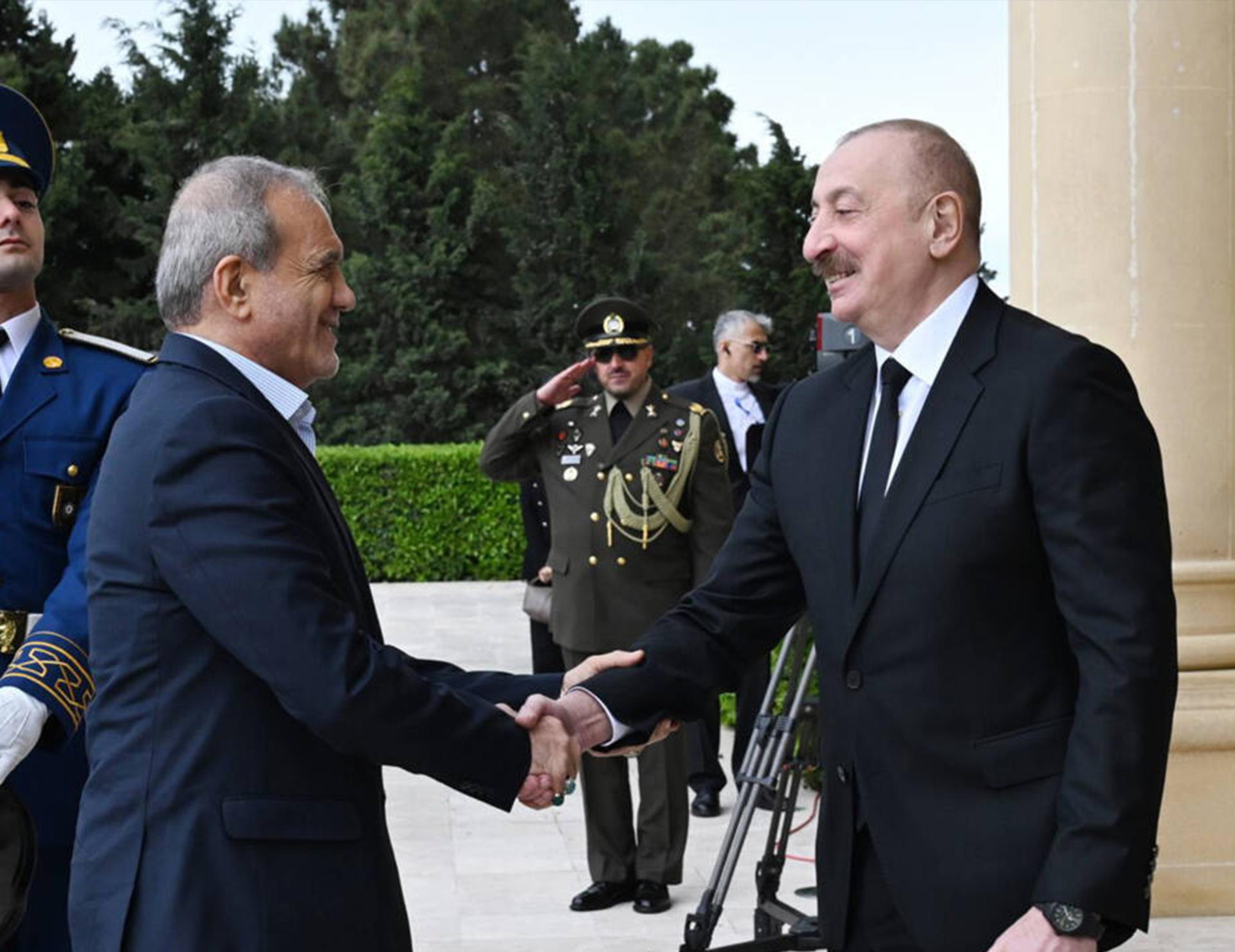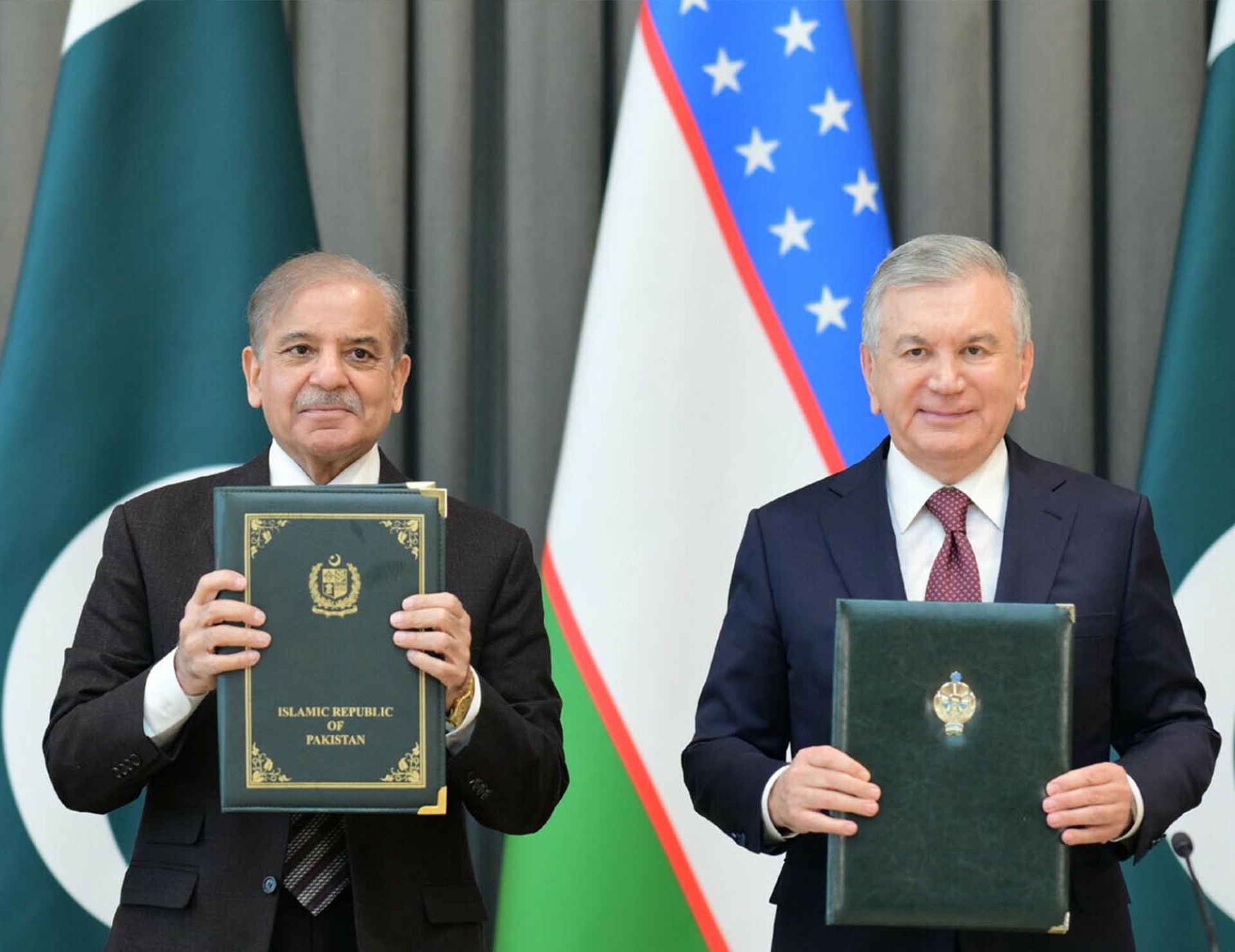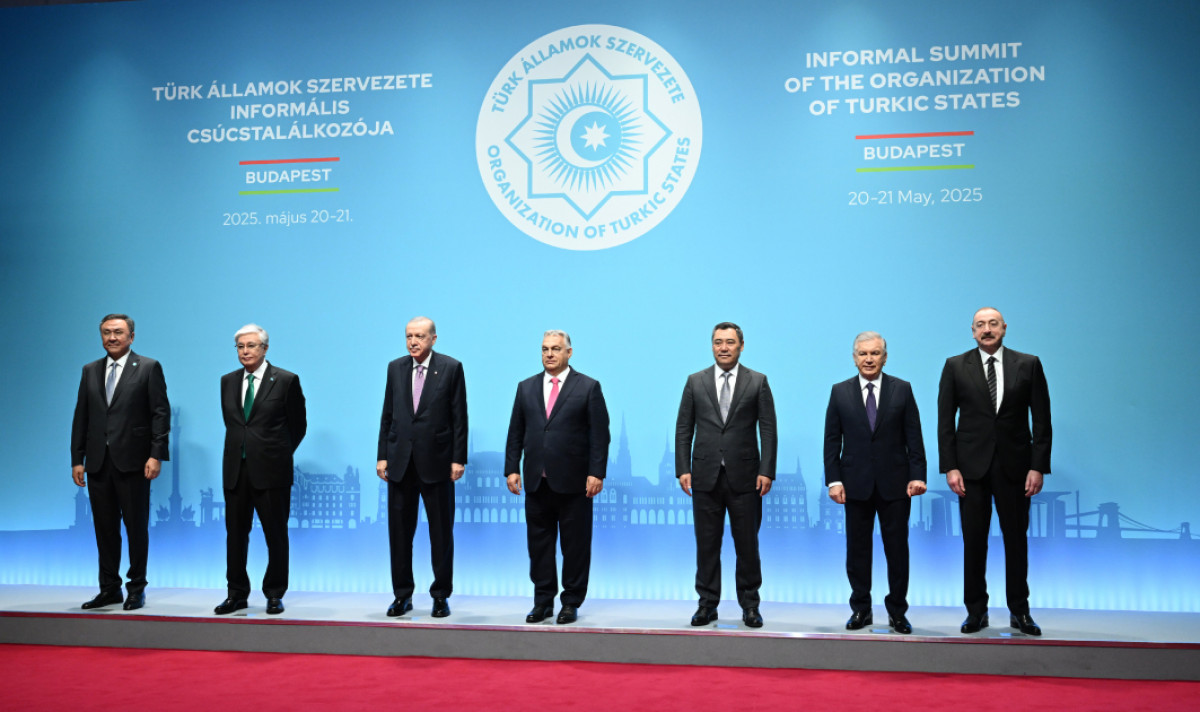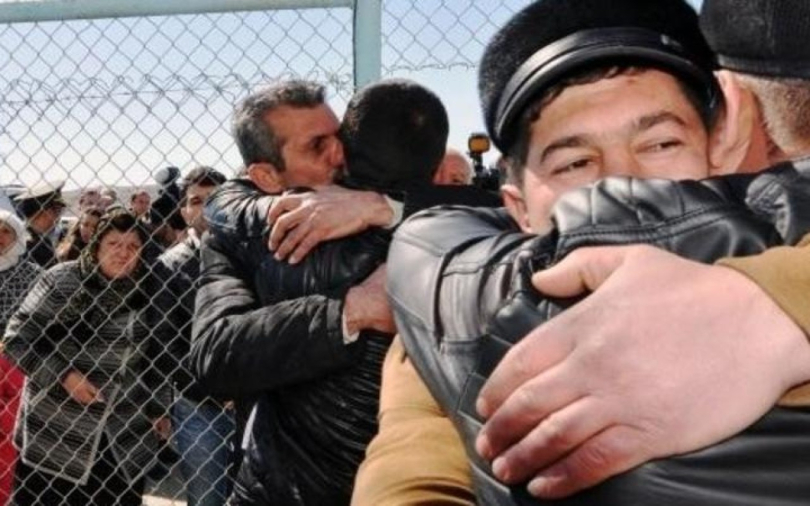In the grand theater of Eurasian geopolitics, where tectonic plates of influence constantly shift, the image of Chinese President Xi Jinping and Azerbaijani President Ilham Aliyev standing side-by-side in Beijing’s Great Hall of the People on April 23, 2025, holds particular resonance. Their signing of the “Joint Statement on the Establishment of a Comprehensive Strategic Partnership” was far more than mere diplomatic ceremony. It marked a deliberate step forward in a relationship set to reshape Eurasia’s connectivity, energy dynamics, and strategic balance. This deepening Sino-Azerbaijani axis represents a calculated move by both Beijing and Baku to navigate and influence the evolving geopolitical landscape, with implications stretching far beyond their borders.
President Aliyev’s reception in Beijing underscored the visit’s significance. Met with full state honors—including a formal welcome ceremony at the Great Hall of the People and an official banquet hosted by President Xi and First Lady Peng Liyuan—the optics reinforced the substance. The crowning achievement was the joint declaration establishing a “Comprehensive Strategic Partnership,” a designation China reserves for key partners. As President Xi stated, the goal was to “open a new chapter of all-round cooperation between China and Azerbaijan.”
One of the major focuses was renewable energy, directly supporting Azerbaijan’s ambition to become a regional ‘Green Energy Hub.’ Agreements were signed for substantial projects involving Chinese companies and investments. These include the 100 MW Gobustan Solar Power Plant, a landmark 2 GW offshore wind power project in the Caspian Sea, a 160 MW solar plant potentially in Fuzuli, and an innovative 100 MW floating solar installation on Lake Boyukshor near Baku, coupled with a 30 MWh battery energy storage system. Additional agreements added another 260 MW in solar capacity, included smaller wind projects (2 MW), and promoted institutional cooperation on integrating renewable energy into the grid. This flurry of activity positions China not just as a partner, but as a crucial enabler of Azerbaijan’s energy diversification goals, providing the necessary capital and technological expertise.
Reinforcing the BRI alignment, the visit yielded an “Agreement on International Multimodal Transportation.” The Joint Statement explicitly committed both sides to enhancing the synergy between the BRI and Azerbaijan’s national strategies. Crucially, it included a pledge from China “to cooperate with Azerbaijan and other countries along the route to continuously improve customs clearance convenience and cargo transportation efficiency, thereby jointly establishing safe, stable, and direct China–Europe–China Trans-Caspian express routes.” This high-level political backing and focus on operational efficiency directly address key challenges for the Middle Corridor. These agreements carry significant strategic weight, particularly for transport and logistics, with clear political backing and tangible progress that notably strengthen the Middle Corridor’s prospects. At a time when the Northern Corridor through Russia faces sanctions and geopolitical headwinds, and the traditional maritime route via the Suez Canal contends with instability in the Red Sea, the Trans-Caspian route gains appeal.
Agreements touching upon strengthening investment cooperation in the digital economy and potential cooperation in the peaceful use of space signal the extension of the BRI into the technological domain. The scope extended far beyond economics. A significant practical outcome was the agreement on mutual visa exemption for ordinary passport holders, aimed at boosting tourism, business travel, and people-to-people exchanges. Cooperation documents also covered justice, mutual legal assistance, security (including combating the “three evil forces” of terrorism, extremism, and separatism), intellectual property, culture, education, and media. The sheer volume and diversity of these agreements signify a relationship evolving beyond transactional exchanges. The inclusion of areas like security cooperation, justice, and visa regimes points toward a more integrated, systemic partnership, reflecting a deeper strategic alignment rather than just a series of deals.
For China, the deepened partnership with Azerbaijan serves multiple strategic objectives. It aligns with Beijing’s long-term quest for diversified, stable energy supplies and secure trade routes connecting it to European markets, bypassing potential maritime chokepoints and geopolitical friction zones. The Caucasus and Central Asia are vital for these ambitions, and Azerbaijan—as a pivotal node on the Middle Corridor and an energy producer itself—is a key piece in this Eurasian puzzle.
For Azerbaijan, the embrace of China is part of a sophisticated, multi-vector foreign policy—a delicate balancing act designed to maximize strategic autonomy and economic opportunity. Even as ties with Beijing deepen, Baku remains crucially engaged with other partners. Europe continues to be a vital energy market. Türkiye remains a foundational strategic ally with deep military and political cooperation. Israel is another indispensable partner, particularly in defense technology and energy. Furthermore, Azerbaijan is actively cultivating its own “pivot” to Central Asia, strengthening ties with Turkic states and positioning itself as their gateway to the West. This intricate web of relationships underscores that the enhanced partnership with China, while significant, does not represent an exclusive alignment but rather a powerful strengthening of one crucial vector in Baku’s strategic portfolio.
President Aliyev’s April 2025 state visit to Beijing undeniably marks, in his own words, a “historic phase” for China-Azerbaijan relations. The elevation to a Comprehensive Strategic Partnership, underpinned by a sweeping set of agreements, cements Azerbaijan’s role in the Belt and Road Initiative and injects significant momentum into the Middle Corridor. It simultaneously accelerates Azerbaijan’s green energy transition, driven by Chinese capital and underpinned by advanced technology. This signals a more assertive phase in the politics of Eurasian connectivity, with Baku and Beijing jointly seeking to shape regional trade and energy architectures.
https://news.az/news/-azerbaijan-and-china-forge-a-deeper-eurasian-axis

